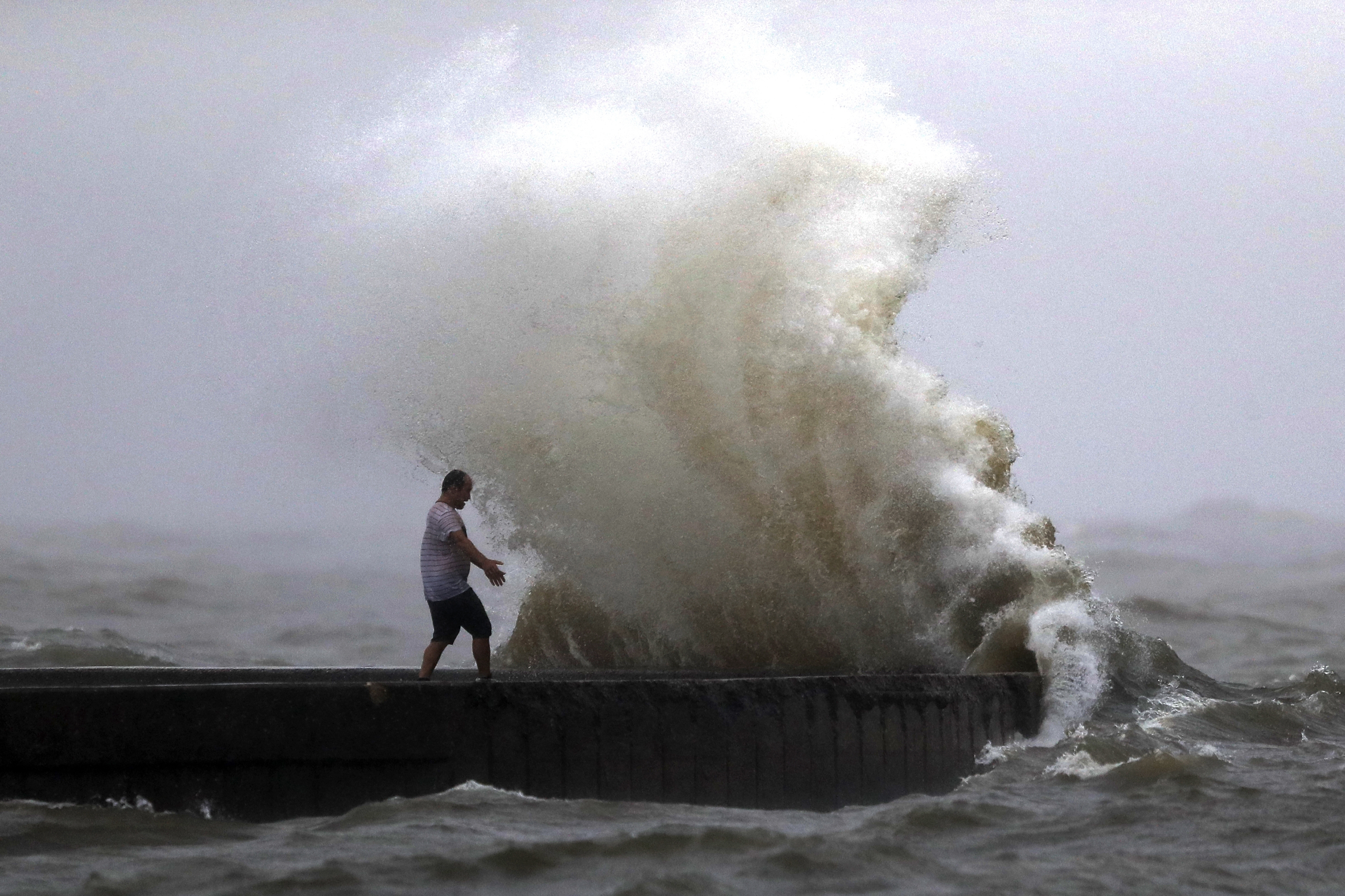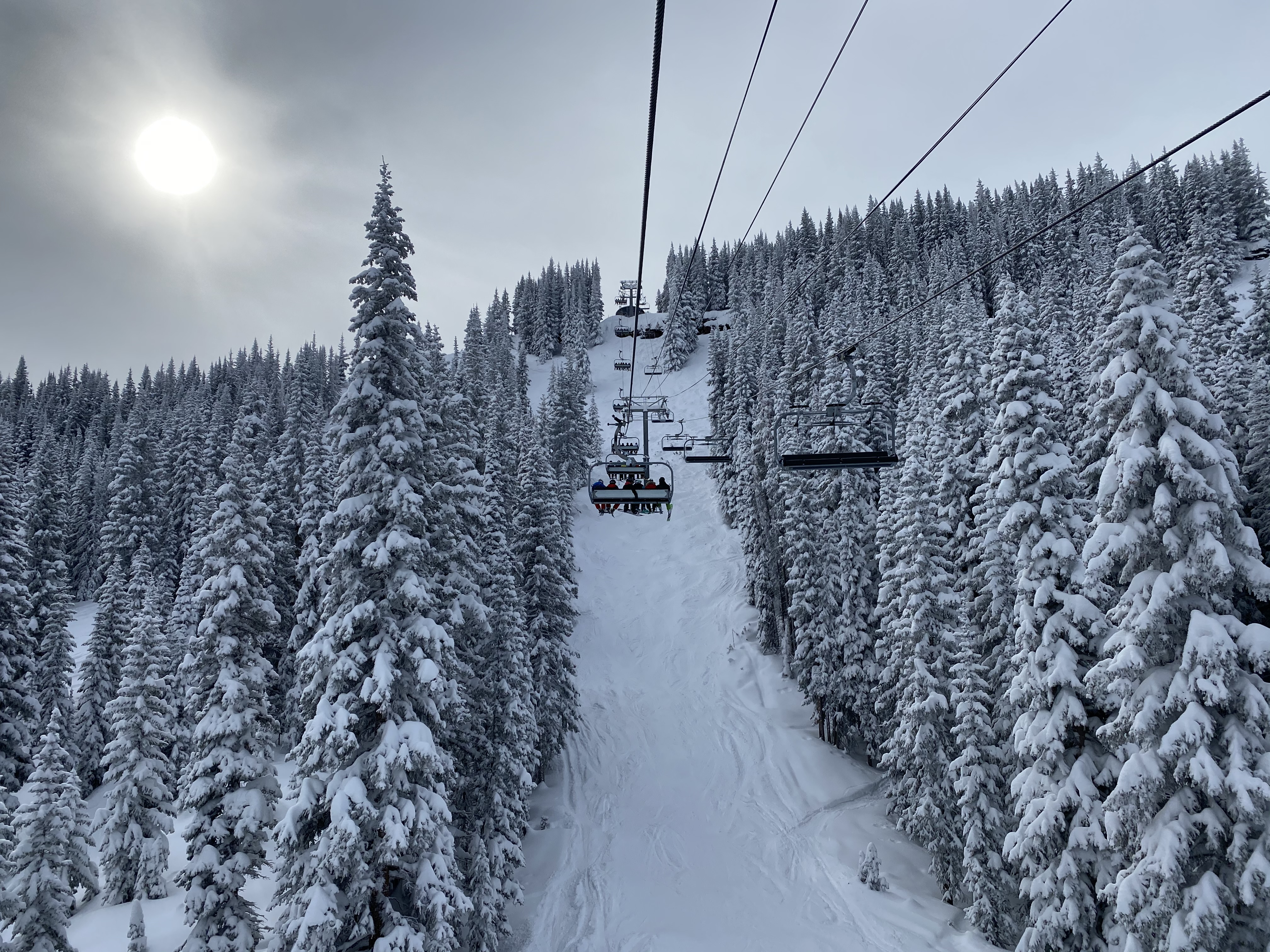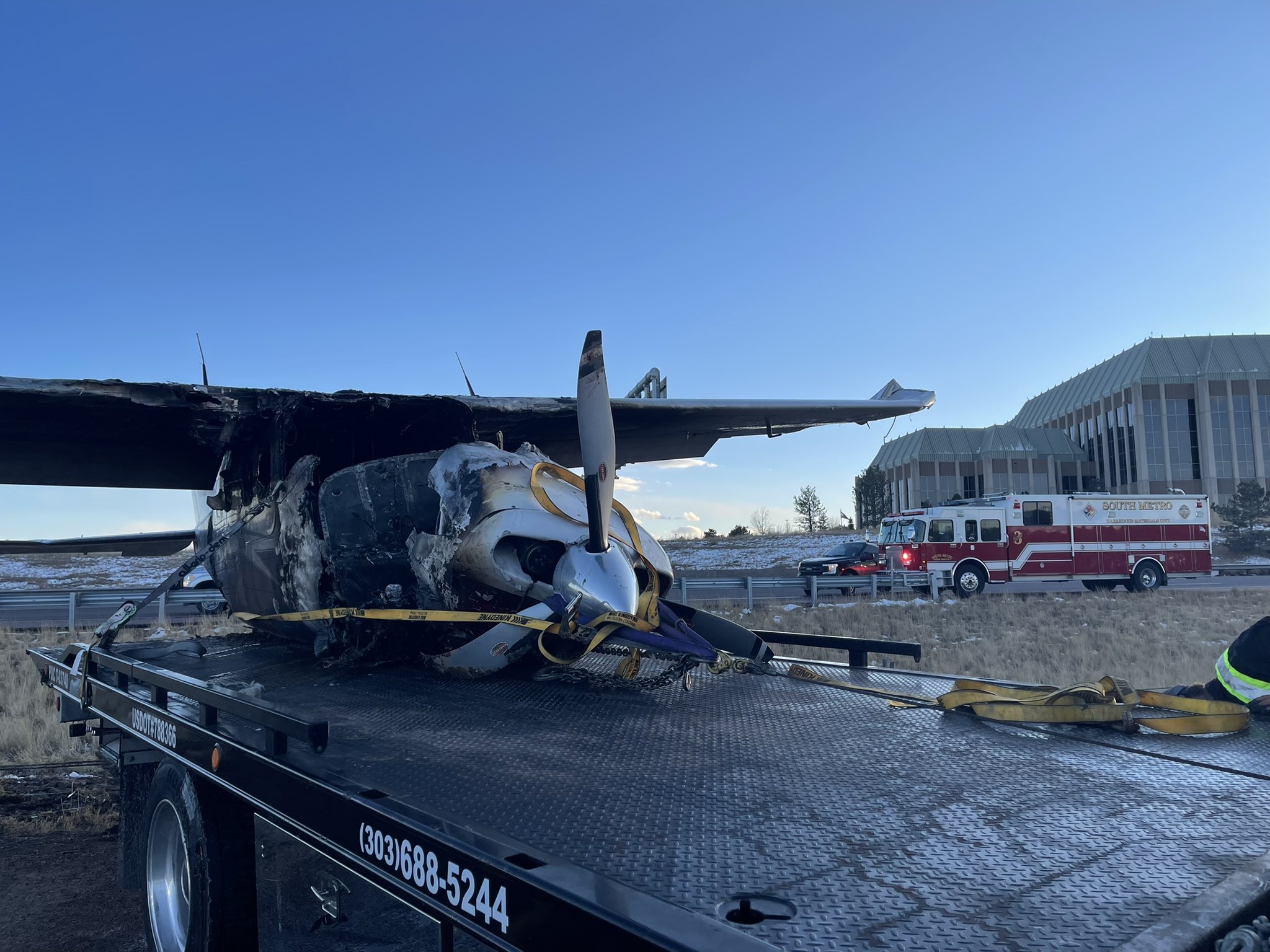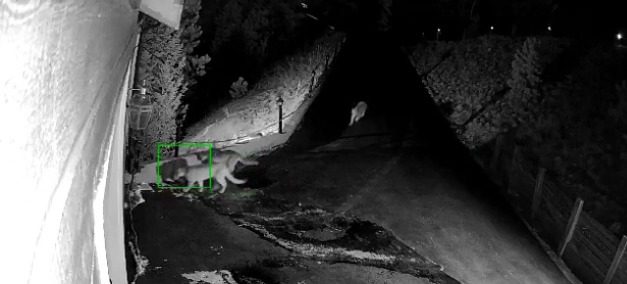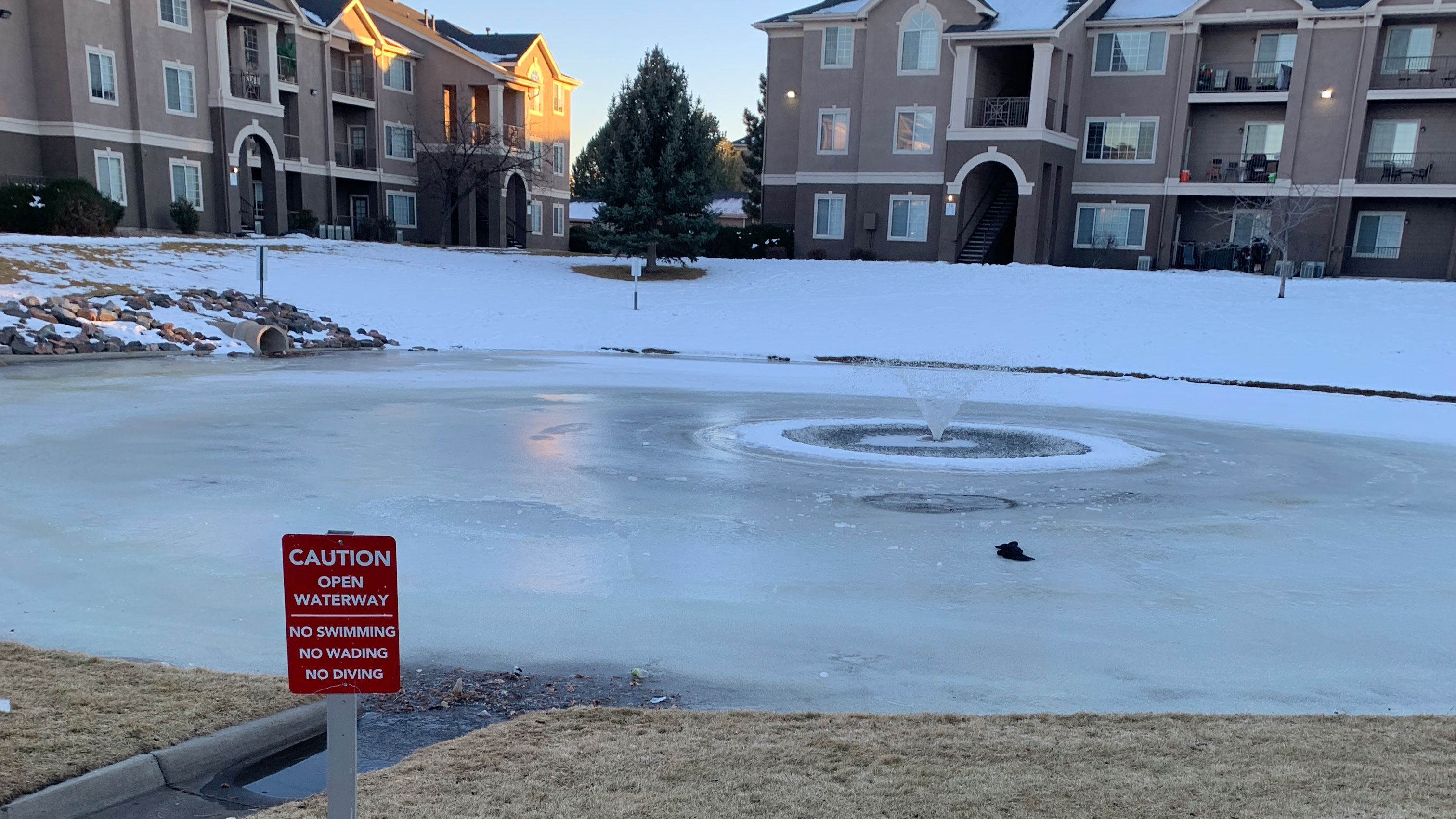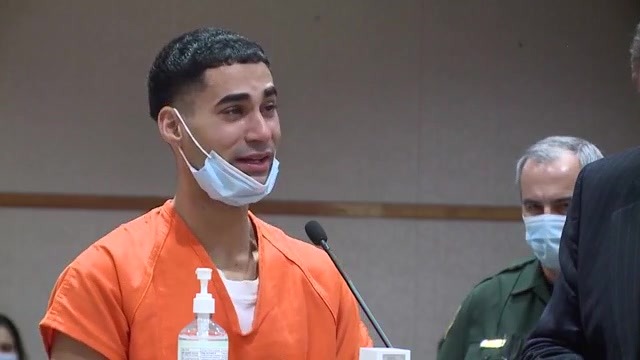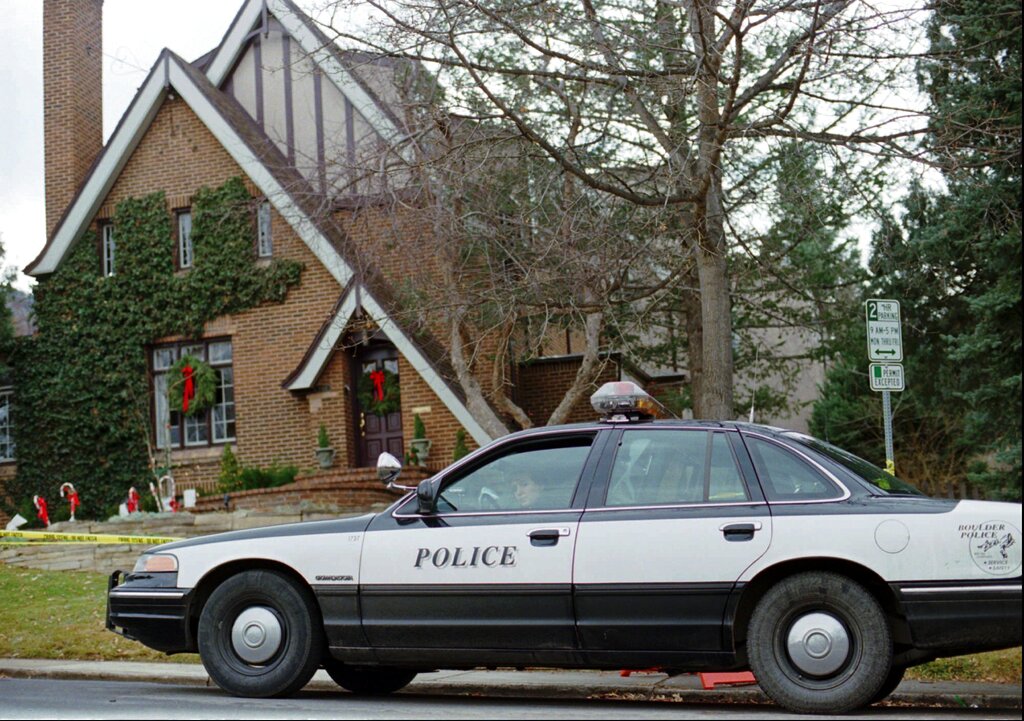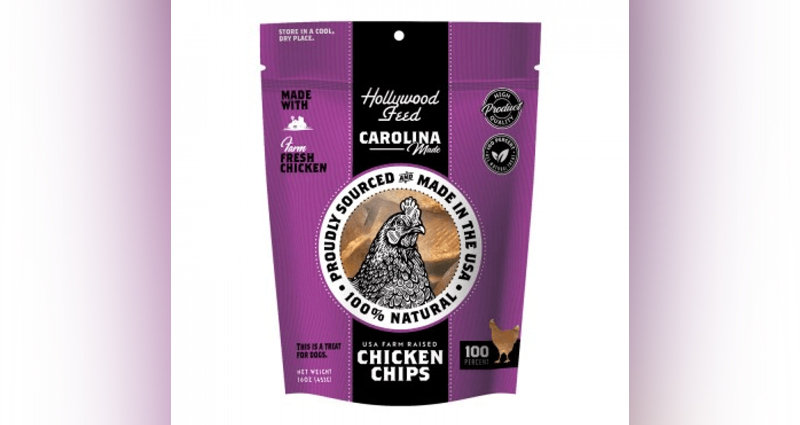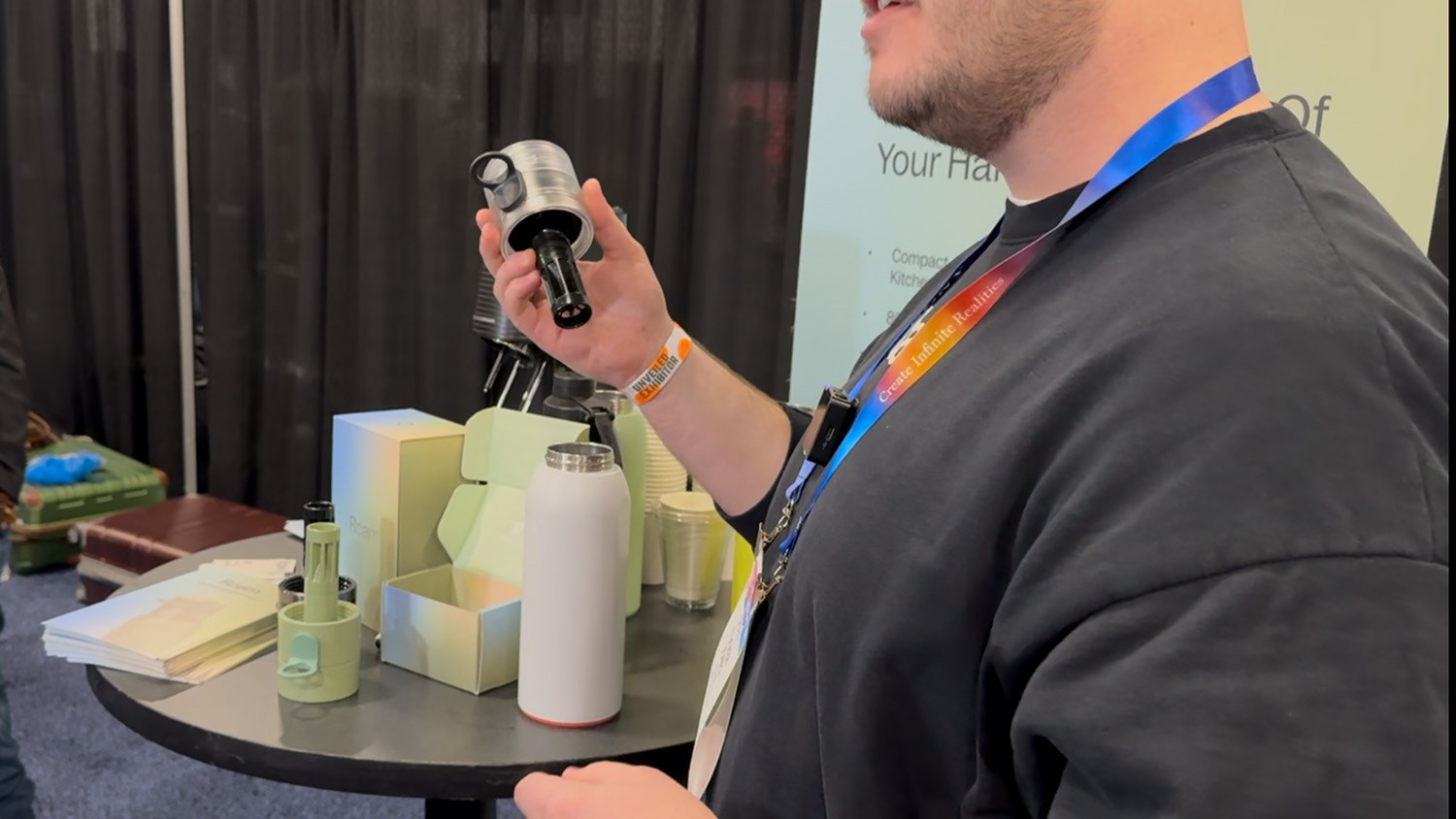OUTER BANKS, N.C. (WAVY) — It’s one of America’s oldest unsolved mysteries: What happened to the Lost Colony of Roanoke?
The puzzle draws experts from all over the world to the remote Outer Banks of North Carolina. After a decade of research, these researchers believe they may know what happened.
Twenty years before Jamestown, Sir Walter Raleigh made two attempts at founding the first permanent English colony in North America. The first in 1585 ended in failure. The second attempt two years later is clouded in mystery.
In August of 1587, 115 people crossed the Atlantic, settling on Roanoke Island in present-day Manteo. This voyage was the first to bring women and children. A very pregnant Eleanor Dare made the journey. Her daughter, Virginia Dare, was the first English child born in the “New World.” She’s the namesake for Dare County.
A small group went back to England for supplies and returned to find the colony completely abandoned.
No one knows for certain what happened. Some argue the colonists traveled inland; there’s some evidence to support this theory. Some think they all died or were killed. Others firmly believe they came to Hatteras Island.
The Roanoke colonists left a clue, the word “Croatoan” carved into a wooden post. The Croatoans were a friendly tribe residing on Hatteras Island. They were also the home tribe of Manteo, a Native American who learned English and acted as an interpreter.
Scott Dawson, a native of Hatteras island and hobby archaeologist, grew up hearing the stories.
“I saw a lot of artifacts coming up when people were building houses or sometimes from erosion from storms,” said Dawson. “It gutted me to see that no one was doing anything about it.”
Dawson created the Croatoan Archaeological Society. He wanted to see if they could find the colonists on Hatteras, where they all but said they were going, and where no one has really looked for them — until now.
“The colony doesn’t know they’re lost. In their mind someone is coming back with resupplies,” he said.
Dawson reached out to experts for help. His mission sparked the interest of a well-established British archaeologist, Professor Mark Horton from the University of Bristol.
“I think it’s a really interesting point. you know. Why are a bunch of Brits working on the site in North Carolina? I suppose the answer is it’s our history and heritage as much as it is yours. It’s part of that shared story,” explained Horton. “I’ve been excavating 16th-century sites in England for a very long time and thought, well, maybe I could bring a new perspective on this problem because we know what this stuff actually looks like.”
They began digging in 2009 and have returned every year since.
The team consists of local volunteers to world-renowned specialists in a variety of fields.
“It’s not just the archaeology, but it’s all the science that goes with it,” Horton said. “The analytical science, the investigation of the animal bones, the ceramics, dating. A project like this is a multi-discipline investigation of great complexity.”
Under layers of dirt, the team found what they came for: 16th-century English items. They found copper rings, sword handles, earrings, a Nuremberg token, writing slates, glass. The only logical explanation is they had to come from the Lost Colony.
The female items are particularly telling. The 1587 colony was the only one to bring English women.
There is evidence to support other theories. Horton says there might not be just one answer to their fate.
“When these colonies become abandoned, you get massive political eruptions and disagreements and people walking out and things,” said Horton. “So it’s not unlikely that one group might have gone up the Chesapeake, up the Albemarle. But I’m pretty confident one group at least, probably the pretty substantial part, came out to Hatteras Island.”
Horton argues it also makes a lot of sense for the colonists to have gone to Hatteras.
“To go out to the point of the Outer Banks where you can see vessels passing by most easily,” continued Horton. “We know that the Native American communities there were friendly. It was a good place with one’s allies in a place where you could potentially be rescued.”
Dawson says they believe they’ve now located the “survivor’s camp” where the colonists would have set up when they first arrived to Hatteras from Roanoke, before they eventually integrated with the Croatoans. The team was supposed to excavate the site this spring, but the coronavirus pushed the work back to 2021.
Dawson and Horton say it was important for the artifacts they uncovered during these digs to remain in the local community. A few of the artifacts are on display in a showroom at the public library in Hatteras Village. They rotate them every few months.
Dawson compiled all their findings over the past decade into a book, “The Lost Colony and Hatteras Island.” The book was launched this past Monday. The book doesn’t just cover the Lost Colony, but also includes all the Native American-related discoveries. Native Americans have inhabited the island for thousands of years.
“We’ve got some evidence of a runaway slave they were harboring, there’s lots of side stories that are in this book that have nothing to do with the colony,” said Dawson. “The biggest accomplishment of this book is not that we found the colony. It’s that these Indians are no longer here. They showed nothing but love and charity and kindness to take these people in and feed them and assimilate with them and show them love and kindness — and no one even knows who they are.”
“I think it’s almost a duty to learn about it. This is the birth of America. This is the real story.”
Dawson is hosting two book signings. He’ll be at the Manteo Courthouse on June 19 from noon to 2 p.m. Another signing will be at Buxton Village Books June 20 from 10 a.m. to noon.
